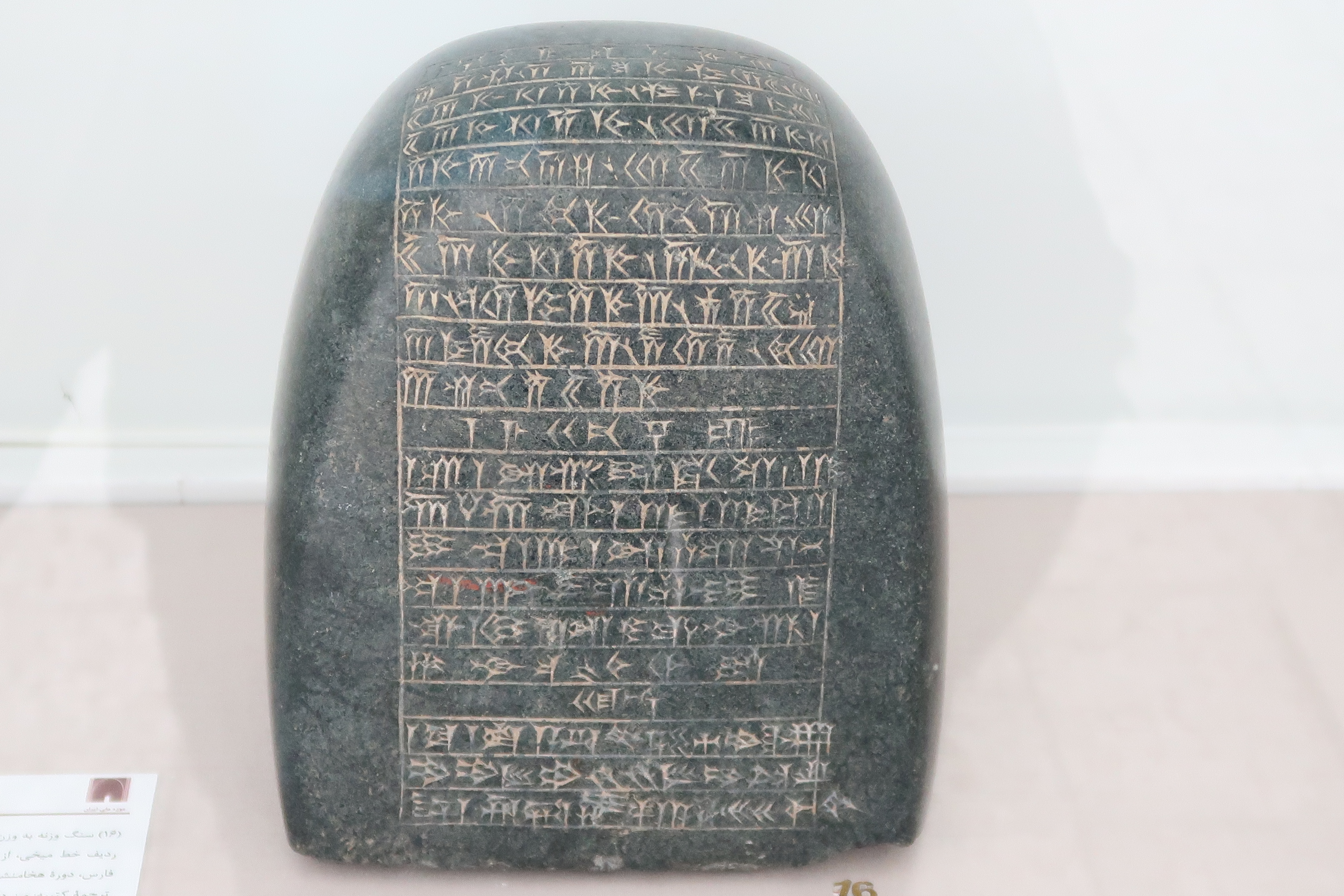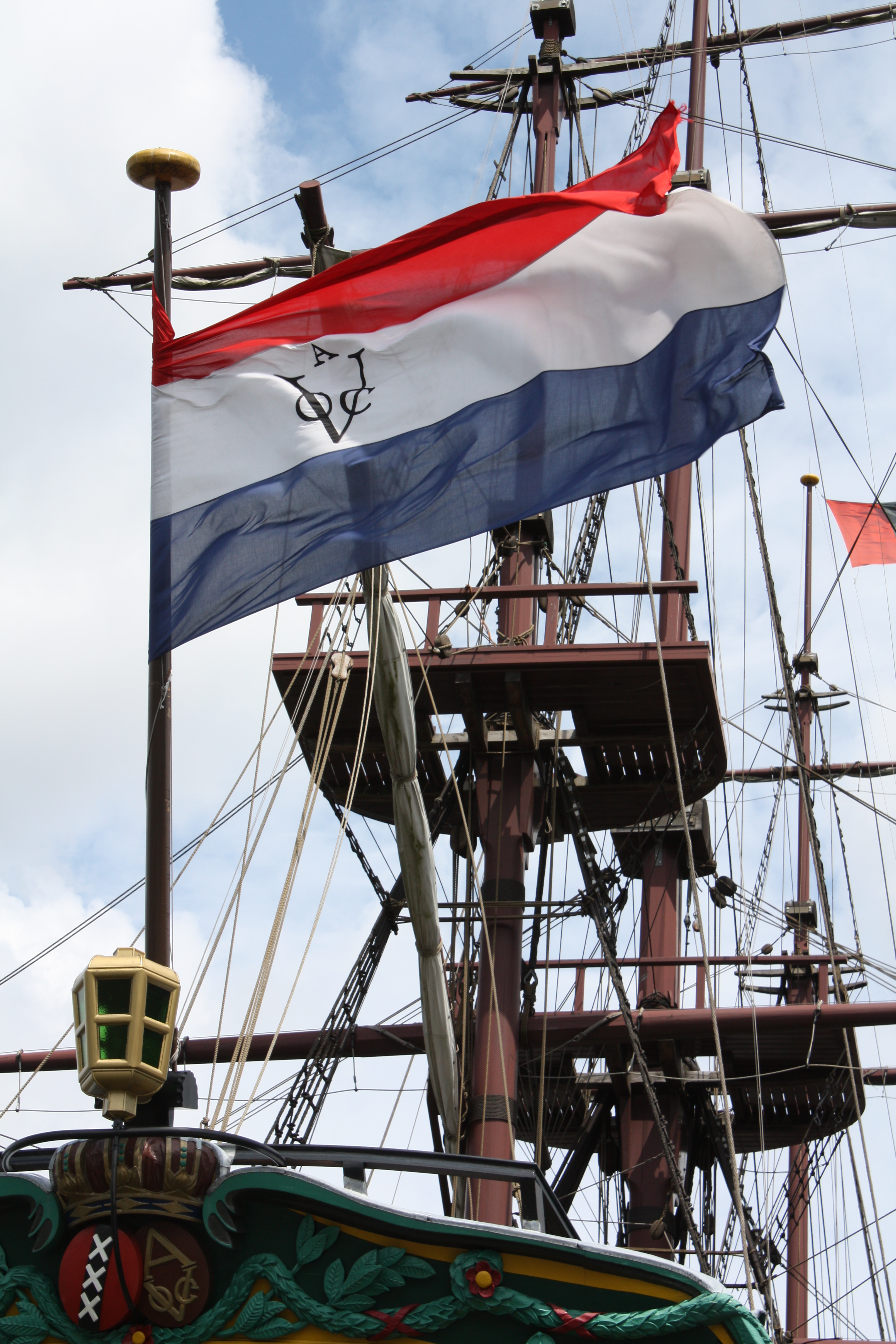|
Łaszt
The last was a Dutch unit of mass, volume, and number, and a large English unit of weight, mass, volume, and number. It referred to standardized amounts of ships' lading and varied by commodity and over time. Name The term derives from Old English ',''Oxford English Dictionary'', 3rd ed. "last, ''n.2''" Oxford University Press (Oxford), 2014. ultimately from a Proto-Germanic root reconstructed as *''hla├Š''- or *''hla├░-'' ("to place").''Oxford English Dictionary'', 1st ed. "lade, ''v.''" Oxford University Press (Oxford), 1901. It is also parallel and probably influenced by the Middle Dutch and Middle Low German ', used in identical senses as a load, cargo, or standardized unit. Weight The Assize of Weights and Measures, one of the statutes of uncertain date from , defined the as 12 sacks' worth, equivalent to 24 weys, 336 London stone, or 4,200 merchants' pounds (about ).. & & The last subsequently varied with the different values given to the sack of wool. The ... [...More Info...] [...Related Items...] OR: [Wikipedia] [Google] [Baidu] [Amazon] |
Dutch Units Of Measurement
The Dutch units of measurement used today are those of the metric system. Before the 19th century, a wide variety of different weights and measures were used by the various Dutch towns and provinces. Despite the country's small size, there was a lack of uniformity. During the Dutch Golden Age, these weights and measures accompanied the Dutch to the farthest corners of their colonial empire, including South Africa, New Amsterdam and the Dutch East Indies. Units of weight included the ''pond'', ''ons'' and ''last''. There was also an apothecaries' system of weights. The ''mijl'' and ''roede'' were measurements of distance. Smaller distances were measured in units based on parts of the body ŌĆō the ''el'', the ''voet'', the ''palm'' and the ''duim''. Area was measured by the ''morgen'', ''hont'', ''roede'' and ''voet''. Units of volume included the ''okshoofd'', ''aam'', ''anker'', ''stoop'', and ''mingel''. At the start of the 19th century the Dutch adopted a unified metric system. It ... [...More Info...] [...Related Items...] OR: [Wikipedia] [Google] [Baidu] [Amazon] |
Stone (unit)
The stone or stone weight (abbreviation: st.) is an English units, English and imperial units, British imperial unit of mass equal to 14 avoirdupois Pound (mass), pounds (6.35 kg). The stone continues in customary use in the United Kingdom and Ireland for body weight. Kingdom of England, England and other Germanic languages, Germanic-speaking countries of Northern Europe formerly used various standardised "stones" for trade, with their values ranging from about 5 to 40 Pound (mass)#Historical use, local pounds (2.3 to 18.1 kg) depending on the location and objects weighed. With the advent of metrication, Europe's various "stones" were superseded by or adapted to the kilogram from the mid-19th century onward. Antiquity The name "stone" derives from the historical use of stones for weights, a practice that dates back into antiquity. The Hebrew Law, Biblical law against the carrying of "diverse weights, a large and a small" is more literally translated as "you sh ... [...More Info...] [...Related Items...] OR: [Wikipedia] [Google] [Baidu] [Amazon] |
Picul
The picul , shi (), dan or tam, is a traditional Asian unit of weight, defined as "as much as a man can carry on a shoulder-pole". Throughout most of Chinese history, it was defined as equivalent to 120 catties. Some later definitions (British Hong Kong, Chinese market-use system) define it as 100 catties. It is most commonly used in southern China and Maritime Southeast Asia. History The unit originated in China during the Qin dynasty (221ŌĆō206 BC), where it was known as the ''shi'' (ń¤│ "stone"). During the Han dynasty, one stone was equal to 120 catties. Government officials were paid in grain, counted in stones, with top ranked ministers being paid 2000 stones. As a unit of measurement, the word ''shi'' (ń¤│) can also be pronounced ''dan''. To avoid confusion, the character is sometimes changed to µōö (''d├Ān''), meaning "burden" or "load". Likewise, in Cantonese the word is pronounced ''sek'' (ń¤│) or ''daam'' (µōö), and in Hakka it is pronounced ''tam'' (µōö). The ... [...More Info...] [...Related Items...] OR: [Wikipedia] [Google] [Baidu] [Amazon] |
Dutch Formosa
The island of Taiwan, also commonly known as ''Formosa'', was partly under colonial rule by the Dutch Republic from 1624 to 1662 and from 1664 to 1668. In the context of the Age of Discovery, the Dutch East India Company established its presence on Formosa to trade with the Ming Empire in neighbouring China and Tokugawa shogunate in Japan, and to interdict Portuguese Empire, Portuguese and Spanish Empire, Spanish trade and colonial activities in East Asia. The Dutch were not universally welcomed, and uprisings by both aborigines and recent Han people, Han arrivals were quelled by the Dutch military on more than one occasion. With the rise of the Qing dynasty in the early 17th century, the Dutch East India Company cut ties with the Ming dynasty and allied with the Qing instead, in exchange for the right to unfettered access to their trade route, trade and shipping routes. The colonial period was brought to an end after the Siege of Fort Zeelandia, 1662 siege of Fort Zeelandia (Taiw ... [...More Info...] [...Related Items...] OR: [Wikipedia] [Google] [Baidu] [Amazon] |
Rice
Rice is a cereal grain and in its Domestication, domesticated form is the staple food of over half of the world's population, particularly in Asia and Africa. Rice is the seed of the grass species ''Oryza sativa'' (Asian rice)ŌĆöor, much less commonly, ''Oryza glaberrima'' (African rice). Asian rice was domesticated in China some 13,500 to 8,200 years ago; African rice was domesticated in Africa about 3,000 years ago. Rice has become commonplace in many cultures worldwide; in 2023, 800 million tons were produced, placing it third after sugarcane and maize. Only some 8% of rice is traded internationally. China, India, and Indonesia are the largest consumers of rice. A substantial amount of the rice produced in developing nations is lost after harvest through factors such as poor transport and storage. Rice yields can be reduced by pests including insects, rodents, and birds, as well as by weeds, and by List of rice diseases, diseases such as rice blast. Traditional rice polyc ... [...More Info...] [...Related Items...] OR: [Wikipedia] [Google] [Baidu] [Amazon] |
Dutch East India Company
The United East India Company ( ; VOC ), commonly known as the Dutch East India Company, was a chartered company, chartered trading company and one of the first joint-stock companies in the world. Established on 20 March 1602 by the States General of the Netherlands amalgamating Voorcompagnie, existing companies, it was granted a 21-year monopoly to carry out trade activities in Asia. Shares in the company could be purchased by any citizen of the Dutch Republic and subsequently bought and sold in open-air secondary markets (one of which became the Amsterdam Stock Exchange). The company possessed quasi-governmental powers, including the ability to wage war, imprison and execute convicts, negotiate treaties, strike Coinage of the Dutch East India Company, its own coins, and establish colonies. Also, because it traded across multiple colonies and countries from both the East and the West, the VOC is sometimes considered to have been the world's first multinational corporation. St ... [...More Info...] [...Related Items...] OR: [Wikipedia] [Google] [Baidu] [Amazon] |
Barrel (unit)
A barrel is one of several units of volume applied in various contexts; there are dry barrels, fluid barrels (such as the U.K. beer barrel and U.S. beer barrel), oil barrels, and so forth. For historical reasons, the volumes of some barrel units are roughly double the volumes of others; volumes in common use range approximately from . In many connections, the term is used almost interchangeably with ''barrel''. Since medieval times, the term as a unit of measure has had various meanings throughout Europe, ranging from about 100 litres to about 1,000 litres. The name was derived in medieval times from the French , of unknown origin, but still in use, both in French and as derivations in many other languages, such as Italian, Polish, and Spanish. In most countries, such usage is obsolescent, having been superseded by SI units. As a result, the meaning of corresponding words and related concepts (vat, cask, keg etc.) in other languages often refers to a physical co ... [...More Info...] [...Related Items...] OR: [Wikipedia] [Google] [Baidu] [Amazon] |
Gunpowder
Gunpowder, also commonly known as black powder to distinguish it from modern smokeless powder, is the earliest known chemical explosive. It consists of a mixture of sulfur, charcoal (which is mostly carbon), and potassium nitrate, potassium nitrate (saltpeter). The sulfur and charcoal act as fuels while the saltpeter is an oxidizer. Gunpowder has been widely used as a propellant in firearms, artillery, rocketry, and pyrotechnics, including use as a blasting agent for explosives in quarrying, mining, building Pipeline transport, pipelines, tunnels, and road#Construction, roads. Gunpowder is classified as a Explosive#Low, low explosive because of its relatively slow decomposition rate, low ignition temperature and consequently low brisance, brisance (breaking/shattering). Low explosives deflagration, deflagrate (i.e., burn at subsonic speeds), whereas high explosives detonation, detonate, producing a supersonic shockwave. Ignition of gunpowder packed behind a projectile generates ... [...More Info...] [...Related Items...] OR: [Wikipedia] [Google] [Baidu] [Amazon] |
English Ordnance Board
English usually refers to: * English language * English people English may also refer to: Culture, language and peoples * ''English'', an adjective for something of, from, or related to England * ''English'', an Amish term for non-Amish, regardless of ethnicity * English studies, the study of English language and literature Media * ''English'' (2013 film), a Malayalam-language film * ''English'' (novel), a Chinese book by Wang Gang ** ''English'' (2018 film), a Chinese adaptation * ''The English'' (TV series), a 2022 Western-genre miniseries * ''English'' (play), a 2022 play by Sanaz Toossi People and fictional characters * English (surname), a list of people and fictional characters * English Fisher (1928ŌĆō2011), American boxing coach * English Gardner (born 1992), American track and field sprinter * English McConnell (1882ŌĆō1928), Irish footballer * Aiden English, a ring name of Matthew Rehwoldt (born 1987), American former professional wrestler ... [...More Info...] [...Related Items...] OR: [Wikipedia] [Google] [Baidu] [Amazon] |
Avoirdupois Pound
The pound or pound-mass is a unit of mass used in both the British imperial and United States customary systems of measurement. Various definitions have been used; the most common today is the international avoirdupois pound, which is legally defined as exactly , and which is divided into 16 avoirdupois ounces. The international standard symbol for the avoirdupois pound is lb; an alternative symbol (when there might otherwise be a risk of confusion with the pound-force) is lbm (for most pound definitions), # ( chiefly in the U.S.), and or ╠Č (specifically for the apothecaries' pound). The unit is descended from the Roman (hence the symbol ''lb'', descended from the scribal abbreviation, '). The English word ''pound'' comes from the Roman ('the weight measured in '), and is cognate with, among others, German , Dutch , and Swedish . These units are now designated as historical and are no longer in common usage, being replaced by the metric system. Usage of the unqu ... [...More Info...] [...Related Items...] OR: [Wikipedia] [Google] [Baidu] [Amazon] |
Feather
Feathers are epidermal growths that form a distinctive outer covering, or plumage, on both avian (bird) and some non-avian dinosaurs and other archosaurs. They are the most complex integumentary structures found in vertebrates and an example of a complex evolutionary novelty. They are among the characteristics that distinguish the extant birds from other living groups. Although feathers cover most of the bird's body, they arise only from certain well-defined tracts on the skin. They aid in flight, thermal insulation, and waterproofing. In addition, coloration helps in communication and protection. The study of feathers is called plumology (or plumage science). People use feathers in many ways that are practical, cultural, and religious. Feathers are both soft and excellent at trapping heat; thus, they are sometimes used in high-class bedding, especially pillows, blankets, and mattresses. They are also used as filling for winter clothing and outdoor bedding, such as ... [...More Info...] [...Related Items...] OR: [Wikipedia] [Google] [Baidu] [Amazon] |





